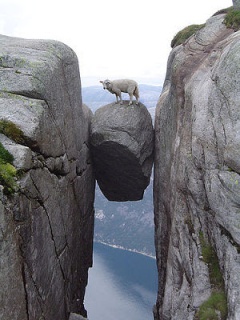
Man About Town Bares All
There’s something I have to tell you, Dear Reader. I have a secret life.
I’ve known this about myself since I was 14 years old. I experimented with this part of who I was a lot while I was in college, but eventually I moved on and settled into a more traditional lifestyle and quietly tucked this side of myself away. I lived like this for years.
But that’s been changing. It all started shortly after my first marriage ended, when I was looking for something to take me back out into the world. Suddenly, this other side of me seemed unavoidable – I felt so compelled to show who I really was, to do it again and again. I worked on Wall Street at the time, and suddenly it seemed people like me were everywhere and I had never noticed before: hanging out in seedy bars with late night open mics, or sneaking out during our lunch breaks to a quick session in a rented room nearby. We led a second life complete with different friends, different clothes, different mannerisms, but more fully ourselves.
And then I met my current partner, Ryan. Unlike me, Ryan had never hid behind another identity. Ryan is proud, fearless, open, visible. When, during one of our first dates, Ryan suggested we write a musical together, I knew I could no longer hide who I was.
I am, Dear Reader, a musician. Continue reading →









